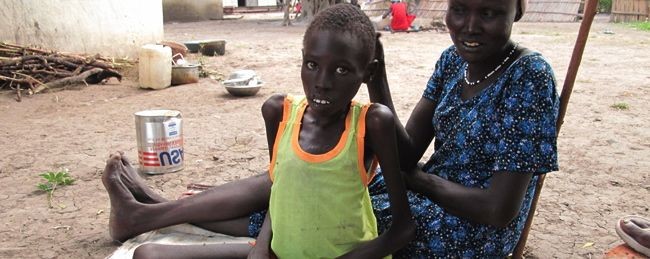Kala-azar is a fatal disease carried by a tiny parasite and spread by the bite of a sand fly. It is prevalent in parts of South Sudan causing fever and weight loss.
Also known as “visceral leishmaniasis,” the disease is found not only in South Sudan but also in India, Bangladesh, Nepal, and Brazil.
Sand fly species that carry the disease feed on blood. The disease is spread when an infected sand fly bites a person.
The sand flies lay eggs in old trees, ruined buildings, in cracks in house walls, and in household rubbish. The flies will fly in a radius of up to several hundred meters around their habitat, usually in the evening and at night, in search of blood.
Symptoms of Kala-azar include fever, weight loss, enlargement of the liver and spleen, anemia and depression of the immune system.
Without treatment, nearly all Kala-azar patients will die.
Kala-azar is more prevalent among people already infected with HIV, a disease that weakens the human body’s immune defenses. In Ethiopia, for example, more than 30% of Kala-azar patients are HIV-infected.
HIV and Kala-azar “influence each other in a vicious spiral,” according to the medical organization MSF. In an HIV-infected person, Kala-azar accelerates the onset of AIDS, the final stage of HIV disease.
Medical workers screening for Kala-azar may look for a history of prolonged fever and signs of an enlarged spleen. Laboratory tests are also available for diagnosing the disease.
Several drugs are available for treatment of Kala-azar, including pentavalent antimonials, Miltefosine, Paromomycin, and AmBisome.
Recent reports suggest increasing incidence of Kala-azar in parts of South Sudan, including in Malakal, Wau Shilluk and Melut, which are located in Upper Nile State.
A rising number of cases have also been admitted at medical facilities in Jonglei State, including at Lankien, Yuai and Chuil. In Lankien alone, 564 Kala-azar cases were reported in July, up from 210 in June.
Sources: MSF, WHO
File photo: A child suffering from Kala Azar in Ayod (Medair)




